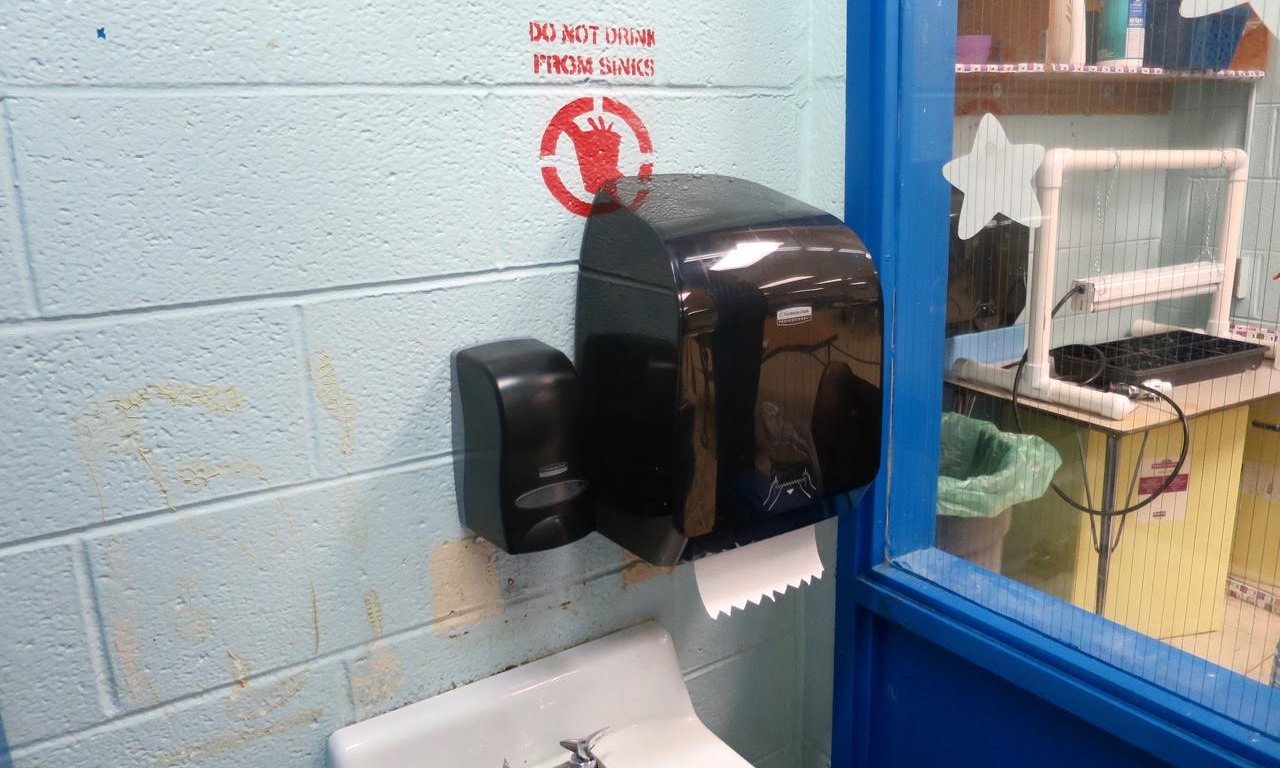Protecting the health and safety of Philadelphia’s school children from hazardous school conditions is a fundamental and urgent public obligation.
While certainly not all of the 214 District-operated schools have widespread, persistent and dangerously unacceptable building conditions, currently available data indicates there may be as many as 60 percent or more of our schools that are in need of serious remediation in order to adequately protect students and staff from exposures to lead, mold growth, inadequate air quality, and numerous “asthma triggers” in addition to other hazards.
According to District data about 85 percent of all Philadelphia school students are people of color and 87 percent are considered to be “economically disadvantaged.” These numbers matter when it comes to student health, well-being and educational achievement because this population is placed at increased risk from exposures to in-school environmental hazards.
In my first blog post, I talked about how I believe that deficient building conditions are at an unacceptable degree for students and staff. I also said that we can do something to remedy this situation and that we – the Philadelphia Federation of Teacher’s Union and Health and Welfare Fund – were developing an action plan to do just that.
A critical first element of that plan requires incorporating all relevant data into the process of understanding the true scale and scope of the environmental hazards and building condition deficiencies we face. This is necessary for data-driven, evidence-based decision making. Describing, in detail, the current state of our schools, what specific problems exist where, how widespread the issues are, and what has been done to address them to date is crucial.
Parents, the public, policy makers, school staff and the organizations that represent them, external stakeholders, and even school district managers, all require a more detailed and comprehensive understanding of what is known about school environmental-building condition deficiencies, how they impact student health, learning and achievement, and the ways in which these conditions continue to undercut fiscally and environmentally sustainable school operation and management. This is necessary if we are to make sound, credible and practically implementable solutions, that are fiscally responsible at the same time as ensuring safe and healthy school buildings for all.
Working together and ensuring comprehensive and accurate data and information, full transparency and effective stakeholder/public participation, engagement and inclusion in the conversation about school improvement will, we believe, result in positive change.
Our plan starts by calling for assembling a Comprehensive Data Inventory of all existing environmental and building condition-related data sets and information currently available. Doing this requires close internal collaboration between District leadership and managers, as well as District managers working with the organizations representing school staff [that is those with specific knowledge about existing data sources].
The inventory of data sets created, as well as the information and data itself, should be reviewed and verified for completeness and descriptions of the data, and data fields, should be provided. Once developed, the inventory and data should be made publicly available so that all stakeholders are able to review and comment on what is currently known and what may still be needed.
All information should be posted on the District’s Open Data portal; the District has a robust and growing “Open Data Initiative” designed to share data publicly but, to the best of my knowledge, none of the data sets referenced here relating to school building conditions or occupant health and safety are currently included [they may otherwise be available however]. We recommend immediately including this data as part of the District Open Data Initiative now.
Below I have provided a partial listing of specific data sets that I am aware of and that are available and should be included in a data inventory. I have provided titles for each of the data sets but, for reasons of space, I have not included data set descriptions. [These can be obtained at: Healthy School Buildings.com or Philly.com resources or ??]
1) Indoor Environmental Quality [IEQ] Dashboard;
2) Asbestos Location & Condition Survey [AHERA].;
3) Paint & Plaster Condition Survey
4) Attic & Crawlspace Condition & Asbestos Survey
5) Lead-in-Water Testing Data [1999-2010] & School Reports.
6) Drinking Water Outlet Operational Survey [March, 2016]
7) Door Sweep Survey
8) Facilities, Operations & Maintenance Work Order System Data
9) Facility Condition Assessment [FCA] Survey, Data & Reports [completed 3/2016]
10) Asthma Prevalence Data by School – [Aggregate]
11) Energy Use/Efficiency Data
Additional data sets should be included as identified.
Only through full transparency of publicly funded and collected data, and a more publicly inclusive and open review and analysis of that information, can truly responsive priorities be established and realistic assessments of remedial action costs and time frames, to include addressing short, medium-range, and long-term needs be made.
I encourage people to reach out to District leadership and SRC members, requesting that data sets and information immediately be made fully open and publicly available. Additionally, parents, community and other stakeholder groups can contact the Philadelphia Federation of Teacher’s Health & Welfare Fund and Union to discuss school conditions and approaches so far pursued in addressing deficiencies. Finally, public involvement calling for collaboration involving internal and external stakeholders, parents, District leadership, and policy makers should occur to help accomplish a goal that has eluded us for too long.

0 Comments on "Protecting the health and safety of Philadelphia’s school children"